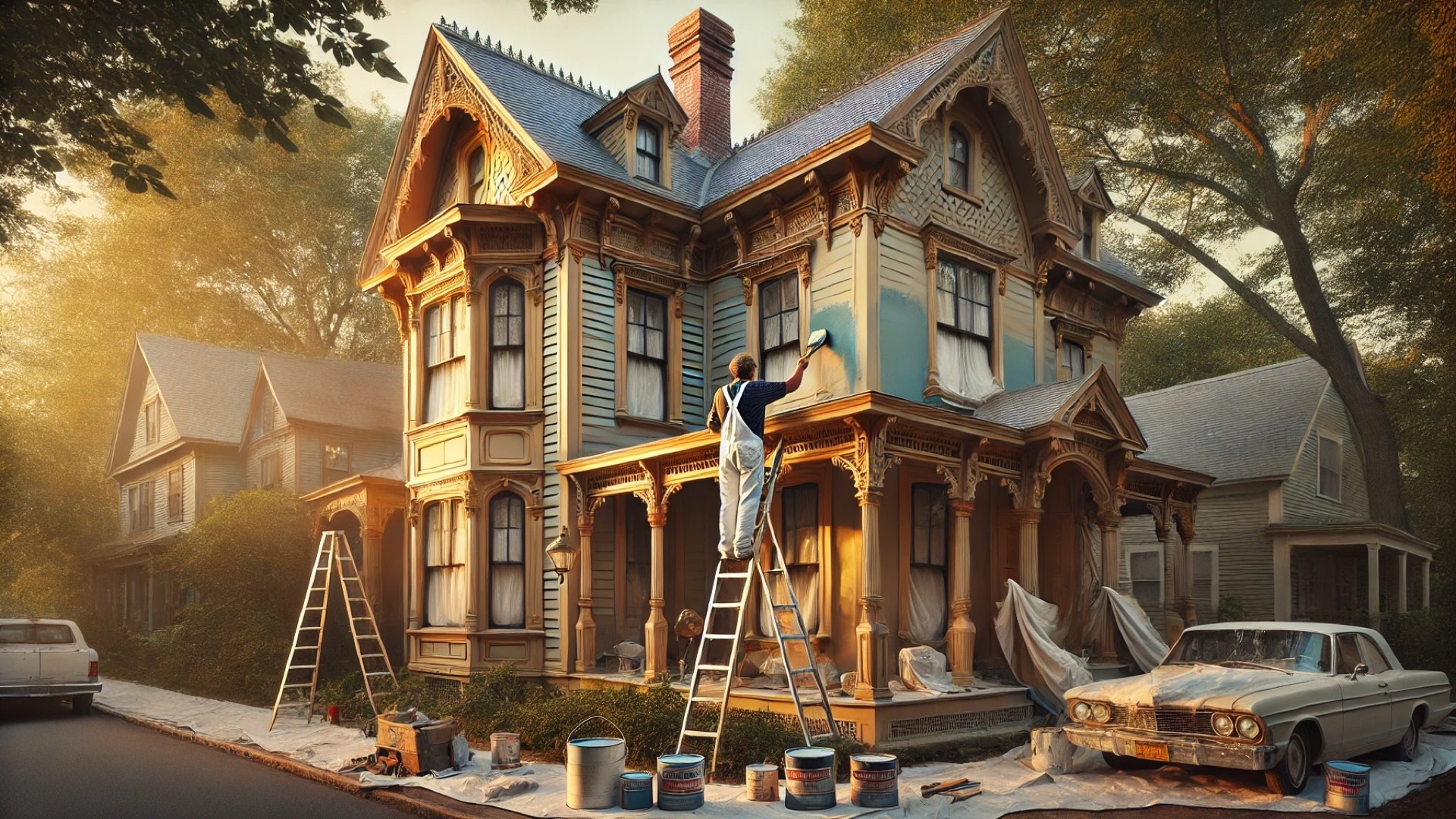
Unlocking the Secrets of Long-Lasting Paint Jobs
When it comes to maintaining the charm and integrity of historic homes, a simple paint job simply won't cut it. Homeowners tend to believe that applying a fresh coat of paint is as easy as choosing a color and getting to work, but there's a wealth of history and chemistry at play that can significantly impact the longevity of your investment.
The Importance of Understanding Your Home's History
Every historic building harbors a story beneath its many layers of paint, acting as a time capsule reflecting the architectural trends and materials of its era. In the age of linseed oil paints, homes flourished with durable yet flexible finishes that bonded beautifully to wood, allowing buildings to breathe and remain vibrant for generations. However, as we welcomed new paint technologies, such as alkyds and acrylics, the dynamics of preservation shifted dramatically. Understanding your home’s original coatings can significantly inform the choices you make today.
A Painstaking Process: Painting the Right Way
Unlike the quick-drying paints that we often gravitate towards in our bustling lives, a meticulous approach is required for a lasting finish. The commitment to doing it right—waiting for each layer to dry thoroughly, ensuring surfaces are primed, cleaned, and prepped for a new coat—means choosing the right product for your specific material. Remember, this isn’t merely about aesthetic appeal; it’s about protecting a legacy.
Common Paint Failures: What They Mean
Every paint mishap has a story to tell. For example, encountering alligatoring—cracks resembling reptile skin—signals a mismatch of materials. Bubbling often indicates trapped moisture, a sign of insufficient surface preparation. Large sheets of peeling paint can hint at deeper issues with wood moisture content. By learning to identify these signs, you become empowered to not just apply paint but to treat the underlying issues head-on.
The Craftsmanship of Quality Paint Jobs
Investing in well-crafted materials is crucial. Lower-quality paints are more prone to chalking and fading under duress from the sun. In contrast, higher-end, professional paints can stand the test of time and weather. By understanding the differences, you elevate both the functionality and aesthetic of your property, ensuring that it remains a source of pride for years to come.
Your Path to a Timeless Finish
Preserving the integrity of historic homes isn’t just a matter of choosing the right color. It’s about a deliberate process focused on protecting the craftsmanship that went into building them. Taking the time to educate yourself on the materials and methods will save you from costly mistakes down the line. As we embrace the future, honoring the past with thoughtful, quality paint jobs can yield stunning results.
To truly master the art of painting your historic home for the long haul, consider joining workshops or consulting with professionals who specialize in this unique craft. Your home deserves that extra touch of care.
 Add Row
Add Row  Add
Add 




Write A Comment